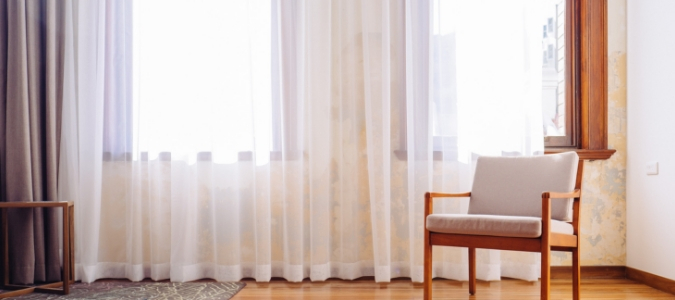
Do you catch yourself frequently cleaning your dusty home? Have you ever wondered where the dust comes from and how to prevent it from building up? Over the years, research has proven that the air inside of our homes can sometimes be lower quality than the air outside. However, with some careful planning and a little elbow grease, we have some tips to help guide you to a cleaner and healthier home.
First, let’s discuss the source of the dust. One very common source of dust in your home is your attic. If you look around your home, there are many areas that have penetrations points, such as light fixtures. These penetrations can often be where dust originates. Many of these penetrations are unsealed during construction.
These dust “entry points” also may become unsealed when adding retrofit applications. Additionally, it’s important to check the ductwork in your home. This, too, is a major place dust can accumulate. If your air ducts are leaking, it can cause small particles to build up in your HVAC system, resulting in dirty air. These particles consist of insulation, fiberglass and other debris that flow directly in the air stream of your HVAC system and into your home.
An experienced AC professional will tell you there is no way to underestimate the importance of quality of air filters. Time and time again, homeowners uncover how poor quality air filters can wreak havoc on HVAC systems. Air filters are the nucleus of a smooth running system, and is one of the first steps to preventing dust from building up.
How often should you change the air filter in your house? You should be cleaning or replacing your air filter every 30 to 90 days. If you are constantly changing dirty air filters more than every couple of months, it might be time to consider investing in a better quality air filtration system. Many options are now available, from UV lights to odor removing charcoal systems.
Typically, if your home is 8 years or older, you should regularly be checking a few areas for dust that can signal a problem with your home’s AC unit or indoor air quality. Sometimes it is common to come across old duct boards. A duct board serves as a barrier against infiltration of dust and dirt into the insulation, improves system efficiency, exhibits low air resistance and reduces the potential for fiber erosion. These duct boards are sealed with tape at the joints that can potentially fall apart, which can let in dusty air.
Also, a system with no cover over the air filter can cause this component to pull dust. Not having a door over your air filter can allow dust to be circulated through your ducts and into your home, where it collects on the furniture and into the air you breathe. Finally, many hanging systems in attics can be prone to abuse from animals. Some units may have had run-ins with raccoons, squirrels and even house cats. Damage from these larger animals can come in the form of punctures in the ductwork that cause leaks. Multiple leaks throughout the system give dust the opportunity to slip into the airstream to collect in your home.
ABC Can Troubleshoot Your Air Conditioner Problems
In the end, there are many other areas that can cause a dusty home, but these are the most common. As you inspect these areas, look around at all fixtures, ductwork and air filters. Having excessive dust in house is not safe. At ABC Home & Commercial Services, we have been helping homeowners deal with cooling and heating problems for decades. Our experienced technicians can quickly get to the root of the problem and suggest a course of action to keep your home comfortable and protect your family against any potential health risks of a dusty home. With ABC’s help, you won’t have to worry about your air conditioner, and you can spend your precious free time on activities you enjoy.
